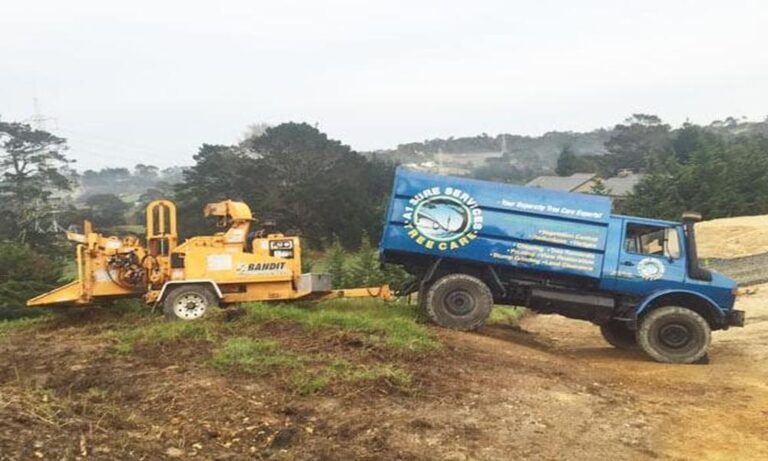Every successful construction project begins not with the first brick, but with a clear and prepped building site. This process, known as site clearance in Auckland, is often overlooked, yet it’s an integral part of the construction journey. It sets the stage for the entire project, ensuring that the construction team has a safe and practical space to work.
The Essence of Preparing the Ground
Site clearance involves the removal of any existing structures, debris, vegetation, or other obstructions from the construction site. This initial step is critical for two reasons: safety and accuracy. By clearing the site, potential hazards are eliminated, reducing the risk of accidents during construction. Also, it provides an accurate view of the land, allowing for precise planning and execution of the project.
This action is much more than just a clean-up task. It’s a meticulous process that prepares the groundwork for all the subsequent stages of construction. It’s about shaping the environment for the success of the project, transforming a raw piece of land into a ready-to-build canvas.
The Comprehensive Process
The process of preparing the ground for construction is comprehensive and involves several stages. Each stage comes with its unique challenges and requirements. It starts with an initial assessment of the area. In this phase, experts identify any structures, trees, or other obstacles that need to be removed. It’s also the time to evaluate the soil condition and understand the topographical features of the site.
Following this, the actual clearance process begins, involving the use of heavy machinery to demolish buildings, uproot trees, and remove debris. This phase requires skilled operators who can efficiently handle the machinery without causing unnecessary damage to the site.
However, the process doesn’t end with the removal of visible obstacles. It also includes the elimination of any underground utilities, contaminants, or other potential hindrances. This might involve complex procedures like soil remediation and decontamination.
Once the site has been thoroughly cleared, it undergoes grading to ensure a level and firm foundation for construction. This process involves adjusting the slope and elevation of the ground to prevent water pooling and ensure proper drainage.
The Impact on Project Success
The importance of thorough ground preparation in construction cannot be overstated. It is the first step in the transformation of a plot of land into a new structure. By ensuring that the site is free from obstructions, contractors can accurately map out their plans, ensuring that the final construction aligns perfectly with the original design.
Moreover, a well-executed clearance process helps to avoid costly and time-consuming issues further down the line. Imagine discovering a hidden utility line halfway through construction or realizing that the ground is unstable. These issues can lead to significant delays and cost overruns. By thoroughly preparing the site at the outset, these potential problems can be identified and addressed early, saving both time and money.
The Bigger Picture
While clearance is a critical step in the construction process, it’s essential to remember that it’s just one part of a larger system. The construction process involves multiple stages, from procurement and handover of a site from the client to a contractor, through to the final handover of the completed project. During each stage, there are a number of challenges and requirements, and each must be executed effectively for the project to be a success.
Furthermore, this process is not an isolated task. It’s closely linked with other stages of the project, such as design, planning, and construction. The information gathered during site clearance informs the design and planning stages, while the condition of the site after clearance directly impacts the construction stage.
In conclusion, site clearance in Auckland is an often-underappreciated yet crucial part of the construction process. It’s the first step in transforming a vision into reality, setting the stage for a successful construction project. As such, it should be given the attention it deserves, with careful planning and execution to ensure a smooth and effective construction journey.


Comments are closed.